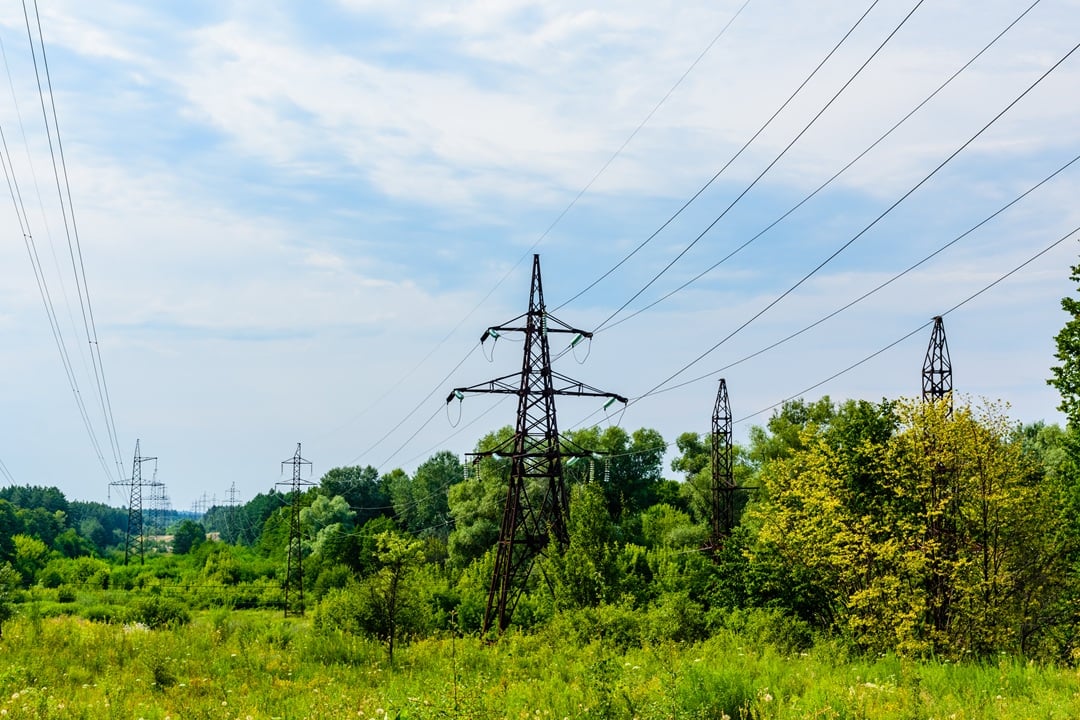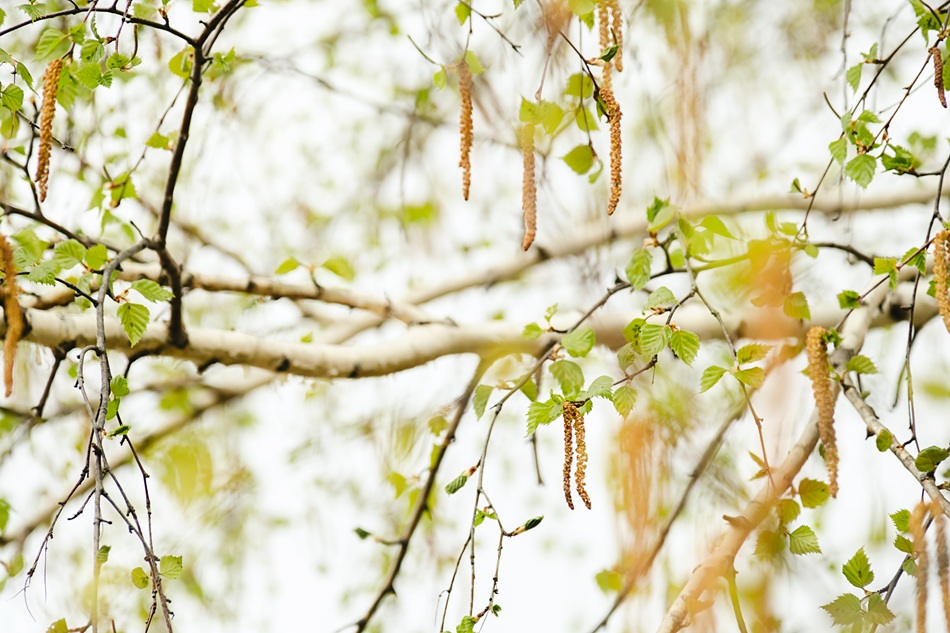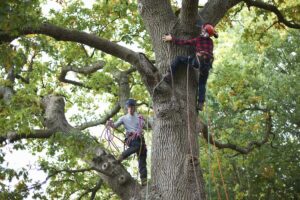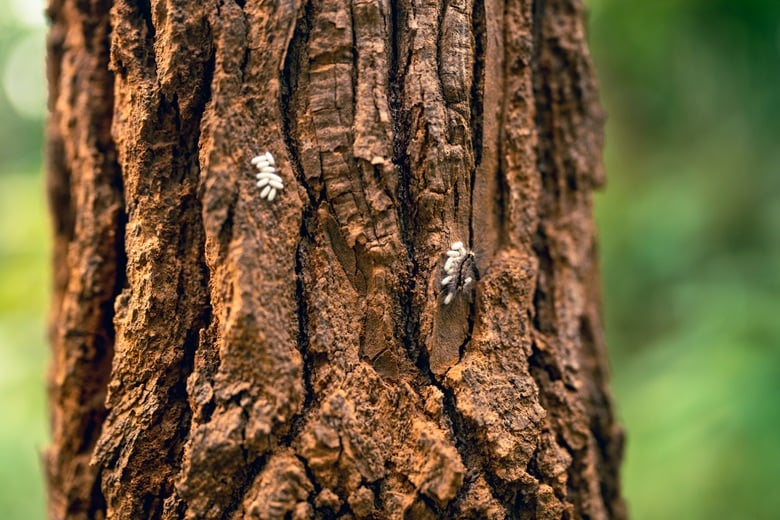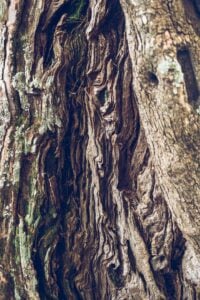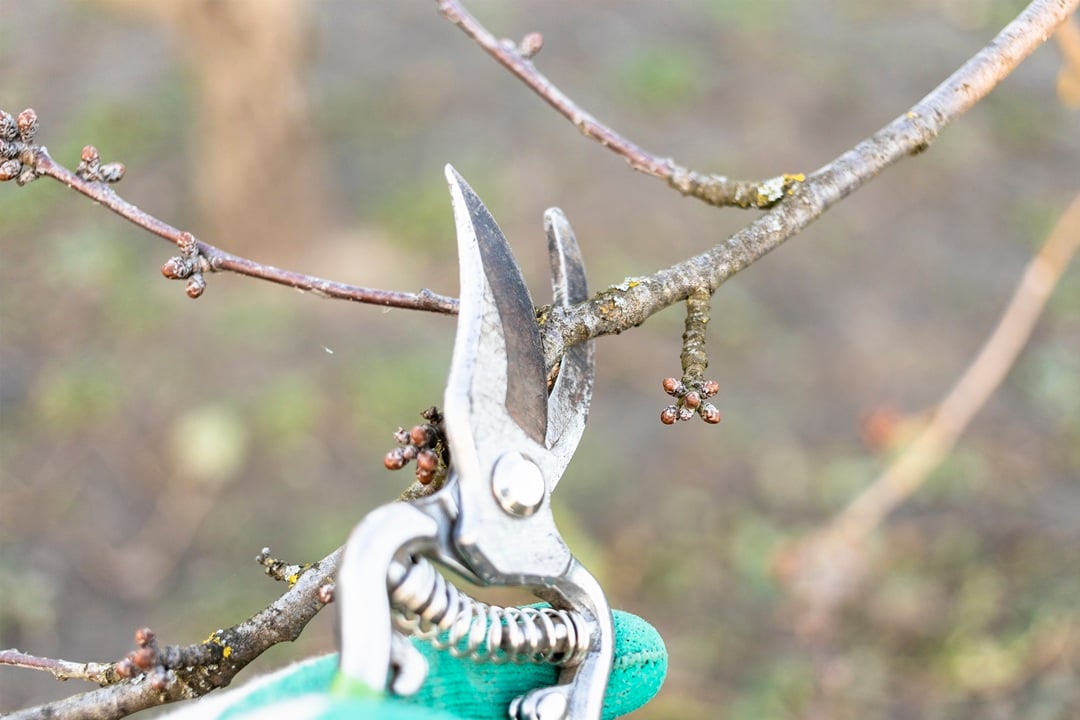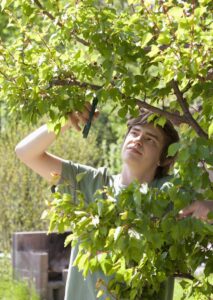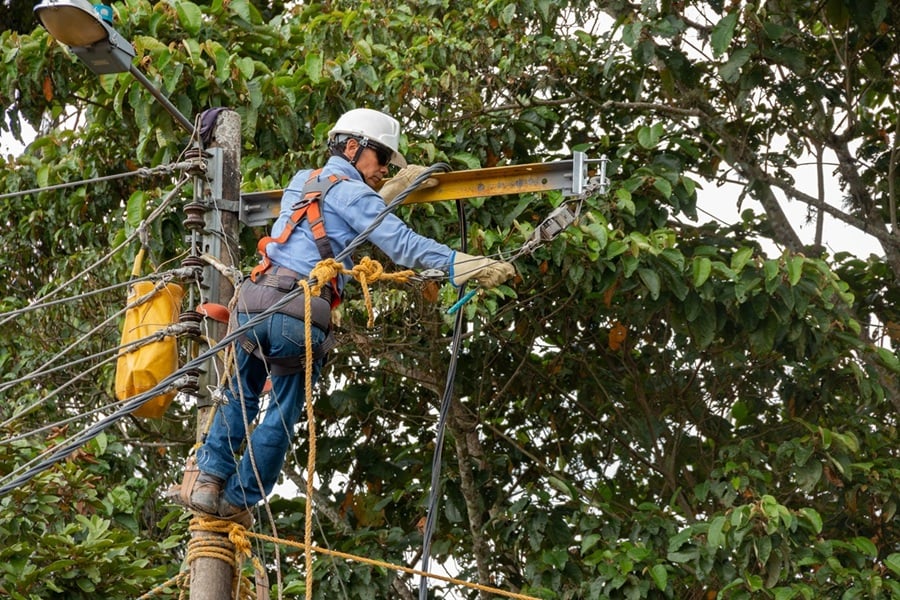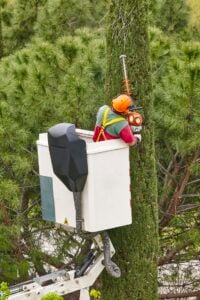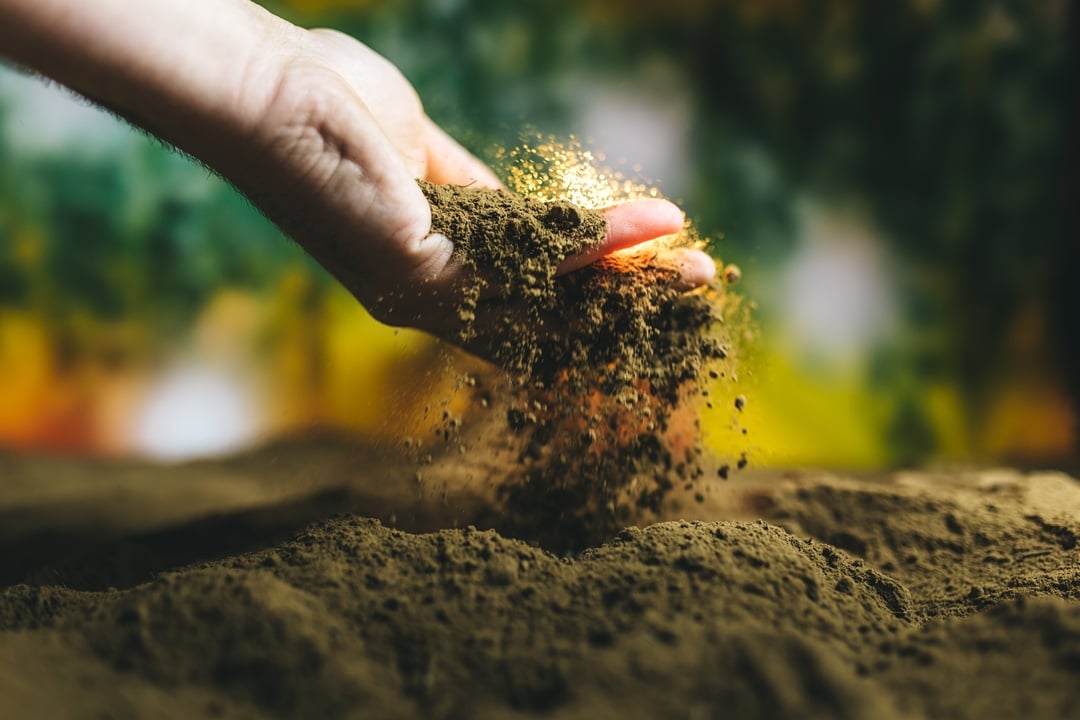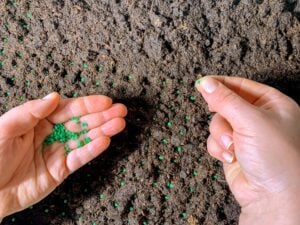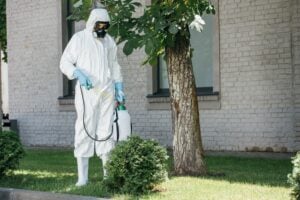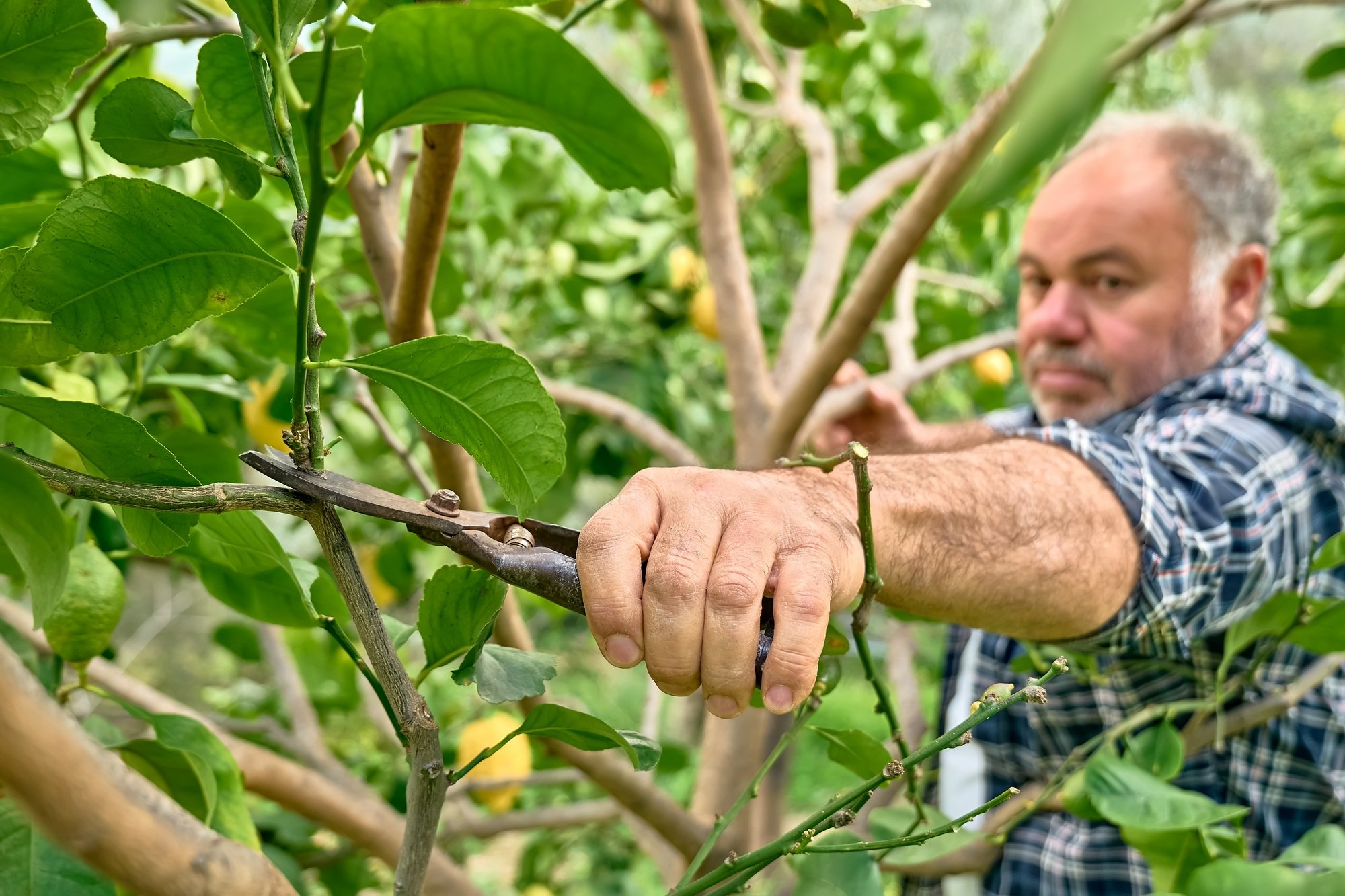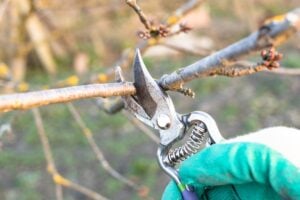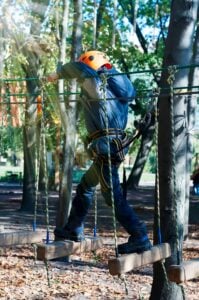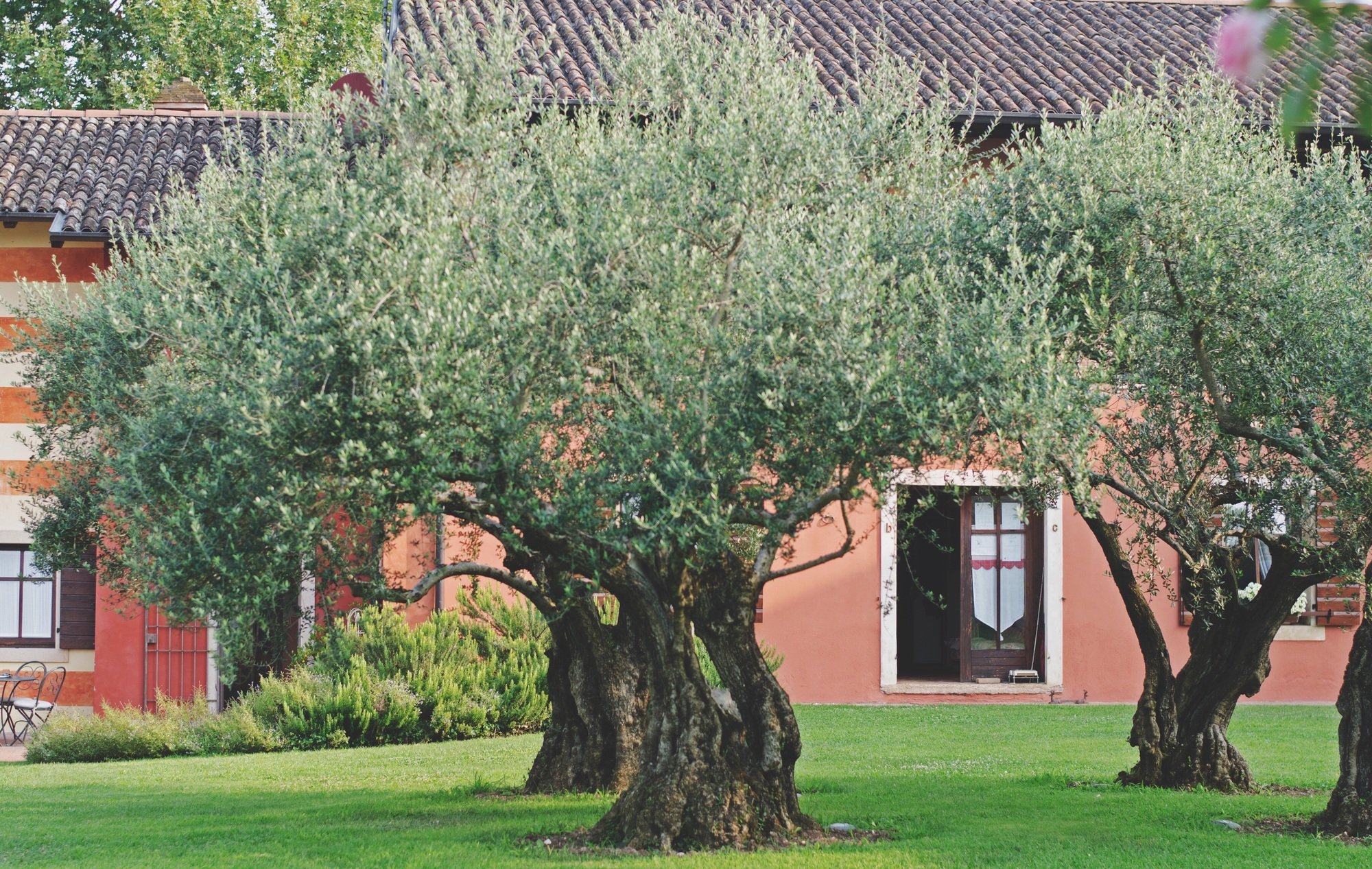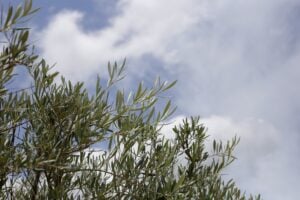Why Overgrown Trees Near Power Lines Can Put Your Home at Risk
For Montclair homeowners surrounded by beautiful, mature trees, those leafy giants are part of what makes the neighborhood feel like home. But here’s what many don’t realize: when tree branches grow too close to power lines or rooftops, they become serious safety hazards. From electrical fires and shock risks to costly property damage during storms, overgrown trees Near Power Lines can quickly become dangerous. That’s why American Tree Experts, Inc., with its team of ISA Certified Arborists and New Jersey Licensed Tree Experts, helps local homeowners stay safe with professional tree pruning and removal services that keep your property and family protected year-round.
Why Overgrown Trees Near Power Lines Are a Serious Safety Risk
You don’t have to wait for a storm to experience trouble. A single branch brushing against a live wire can cause power flickers, electrical arcs, or even fires. The U.S. Energy Information Administration estimates that vegetation interference is one of the top causes of power outages nationwide.
In towns like Montclair, where tree-lined streets run close to overhead power systems, this risk is especially high. Many of these trees were planted decades ago, long before power lines were installed or expanded. Today, as branches spread, the proximity creates a perfect setup for trouble.
Electrical Hazards: The Invisible Danger
The scariest thing about trees near power lines? You don’t even have to touch the wire to be in danger.
Here’s why:
- Electricity can jump, or “arc,” from a line to a nearby branch. That charge can travel down the tree and into the ground, electrocuting anyone who touches it.
- Ground current occurs when the tree becomes a live conductor, creating shock hazards even several feet away.
- Deteriorated insulation on older power lines worsens the problem, allowing electricity to leak or jump even more easily.
This is why only trained professionals should ever work near power lines. Attempting DIY pruning can be deadly.
Fire Hazards: When Branches Spark More Than Concern
In dry conditions, overgrown trees near power lines or houses, The branches rubbing against high-voltage lines can ignite sparks. Those sparks can ignite leaves, grass, or even rooftops, especially during New Jersey’s hot, dry late summers.
One fallen branch can do more than knock out your power. It can start a chain reaction that threatens entire neighborhoods. And while utility companies maintain public easements, property owners are responsible for keeping their private trees clear of overhead lines.
Property Damage and Power Outages
During storms, weakened or heavy branches can fall onto lines, causing outages and property damage. In some cases, a single fallen limb can:
- Tear service lines off your home, damaging siding or roofs.
- Pull down power poles, affecting your entire block.
- Knock out electricity for critical local facilities, like hospitals and traffic lights.
Montclair’s older neighborhoods, filled with stately oaks and maples, are especially prone to this kind of risk. And with severe weather becoming more frequent, proactive tree care isn’t just aesthetic, it’s essential.
Who Is Responsible for Tree Trimming Around Power Lines?
Homeowners often assume it’s the utility company’s job to handle all tree trimming, but that’s not entirely true.
- Utility companies are responsible for maintaining clearances on main power corridors and public rights-of-way.
- Property owners are responsible for trees growing on private property that encroach on service lines leading to their homes.
If your tree is close to the main lines, do not attempt trimming yourself. Contact your local utility company to assess it first, then schedule professional pruning with a licensed tree expert who’s trained to work safely around electrical hazards.
Can Trees Grow Safely Around Power Lines?
With the right maintenance, yes. Strategic pruning helps guide growth away from power lines and prevents future interference. The goal isn’t to strip the tree but to shape it properly so that it grows strong, balanced, and safe.
Professional arborists use a method called directional pruning, which trains branches to grow away from wires without stressing the tree. Done correctly, it promotes long-term health while minimizing future hazards.
How Professionals Prune Trees Near Power Lines
Certified arborists follow industry safety standards, including ANSI A300 guidelines, to ensure both safety and tree vitality. The process typically includes:
- Inspection: Identifying branches that pose immediate risks.
- Clearance Cuts: Removing limbs within a danger zone while maintaining tree balance.
- Shaping: Directing future growth away from wires and structures.
- Cleanup: Disposing of debris safely and assessing for hidden structural weaknesses.
At American Tree Experts, every job is handled with precision and care. Their team doesn’t just remove branches; they evaluate overall tree health, identify weak spots, and provide recommendations to prevent future issues.
The Right Time to Schedule Pruning
The best time for pruning is typically late winter or early spring, before new growth begins. However, safety trimming, especially near power lines, can and should be done any time of year if there’s an immediate risk.
If you notice branches touching or hovering near power lines, don’t wait. A single windy night can turn a manageable issue into a full-blown emergency.
When Removal Is the Only Safe Option
Sometimes, a tree is simply too large, too unstable, or too close to infrastructure to prune safely. In those cases, tree removal is the responsible, and sometimes life-saving, choice. Removing a hazardous tree prevents electrical fires, property damage, and injuries before they happen.
American Tree Experts uses advanced equipment and safety protocols to handle even complex removals near structures or utilities with precision and care.
Keep Your Property Safe and Your Trees Healthy
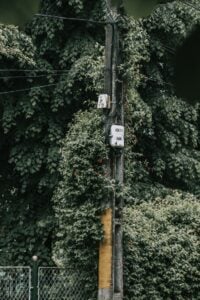
Let’s be real. trees don’t just grow beautifully; they grow unpredictably. What starts as a few overextended branches can become a dangerous situation in just one season. Regular, professional maintenance keeps your property safe, your power uninterrupted, and your trees healthy for years to come.
If your trees are growing close to power lines or your home, don’t risk DIY trimming; call the experts who’ve been keeping Montclair safe since 1934.
Call (973) 744-6091 or email at am*******************@***il.com

